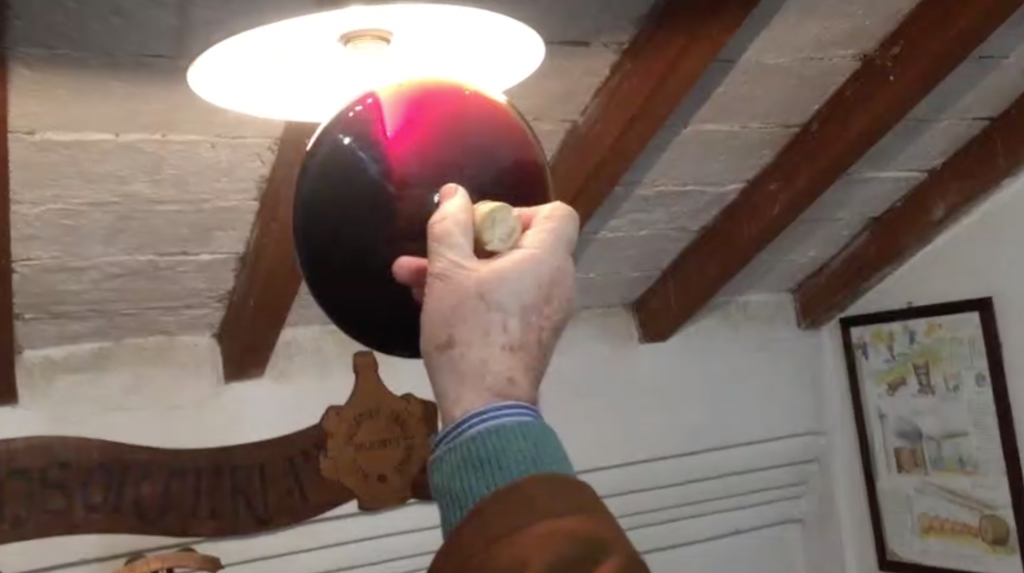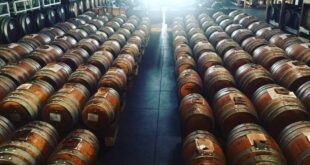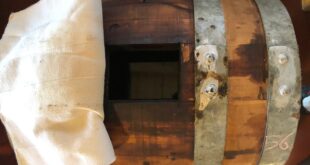Is balsamic vinegar gluten free? The answer is yes! Find out how to do the sensory analysis of Balsamic Vinegar of Modena. You will understand how carefully we taste it. Nothing is left to chance. Every aspect is taken into consideration and judges in different aspects. Expert Masters Tasters examine it and evaluate it from a visual, an olfactory and a gustatory point of view. One step at a time.
How and when was the sensory analysis of food products born?
To understand how and when it is born we have to make a small summary of how the products have changed over time according to the food needs of consumers.
Is balsamic vinegar gluten free? Here you can download a product data sheet and observe its chemical analysis:
https://usebalsamicvinegar.com/wp-content/uploads/2020/03/Schede-Tecniche-L-O_ABTM-EXTRA-VECCHIO-IRIS.pdf
you will notice that it is gluten-free !!
A system for assessing the quality of butter was adopted for the first time around 1970 in the Cork market in Ireland during the development of trade.
From the 20th century to the 45th century, food only met the need for surviving. From the first post-war period to the 70s occurred the first revolution in food consumption. They increased by 250%. The need for overcoming malnutrition determined the birth of products with a higher content of calories. The request of the market was greater quantity and assortment. In the 70s, in the middle of the economic boom, the attention of the products turned towards the quality of the product. This characteristic increased during the next years.
In the 80s the demand for healthy food products with no harmful effects started from the greater awareness of the consumer. The diets were too riched and there were food scandals such as methanol on wine.
The 90s were characterized by the search for products marked by physical well-being and containing particular nutritional elements, also added.
Let’s see what happened for the Traditional Balsamic Vinegar of Modena.

They made the first evaluation of the ABTM during the qualitative comparison of the products (Modena Food Fair) in 1967.
From that time, the awareness of the necessity of the Traditional tasting card and improvement started. Between 1970 and 1980 the courses for ABTM tasters were born. They create also the product evaluation form and thanks to continuous experimentation, it was progressively modified and perfected up to the current version.
The passing of an analytic and sensorial examination (the Production Regulations plane it) is a binding condition for marketing.
is balsamic vinegar gluten free? Sensory Analysis
It is performed by a group of expert and trained tasters: knowing the product and having a single shared vocabulary are essential elements for a correct evaluation.
The aspects are:
- Visual: the examination begins by observing the product inside the “matraccio” (small ampoule in transparent glass).
- Density: they observe the consistency and viscosity, they also evaluate the “camicia” (thin layer of product that sticks to the walls of the flask).
- Colour: the various shades – ideal dark and bright dark brown colour.
- Clarity: the absorption degree of light by the liquid. Suspended particles. The sharpness of the candlelight through the flask.
- Olfactory: after having rotated the flask, they bring the product to their noses and inhale. They can repeat the operation 2 or 3 times but the first impression is the best.
- Frankness: interference in the identification of perfumes.
- Intensity and persistence: strength and vigour with which perfumes manifest themselves and their performance.
- Acidity: quantitative evaluation of the presence of acetic acid, aldehydes and volatile acids.
- Gustatory: during the examination, they often use a ceramic spoon because it does not transfer particular tastes to the product. After putting a small amount of product on the spoon, slowly sorb the liquid, allowing air to enter the mouth at the same time. Sprinkle the product through the oral cavity, exhale through the nose and swallow.
- Fullness: the richness of all the components that contribute to the formation of extractive substances (sugars, fixed acids, minerals and tannins)
- Intensity: strength or vigour with the typical Balsamic aromas manifests.
- Flavour: property essentially linked to the perception of pleasure and satisfaction perceived at the moment of tasting and linked to elementary sensations.
- Harmony: the balance between sweet and sour.
- Acidity: total acidity.
As you can see by downloading this “tasting sheet” facsimile https://usebalsamicvinegar.com/wp-content/uploads/2019/05/Schermata-2019-05-20-alle-12.34.52.png
there are different aspects for every aspect. A careful, meticulous and scrupulous examination.
The tasters: curiosity
Tasters cannot smoke before tasting. The taster cannot use perfumes or cosmetics with persistent fragrance. Tasters should wash their hands with neutral soap. The taster cannot have consumed foods with pronounced flavours (garlic, mint, etc.) and have consumed other foods at least an hour before tasting.
Between one tasting and another, they have to wait until the effect of the previous vinegar has gone.
If you want to discover other information on how to know if is balsamic vinegar gluten free or about make Traditional Balsamic Vinegar of Modena, we recommend you to continue reading the next articles in our Blog.
See you soon. Greeting from Modena.
 Use Balsamic Vinegar All you need to know about Balsamic Vinegar of Modena
Use Balsamic Vinegar All you need to know about Balsamic Vinegar of Modena


